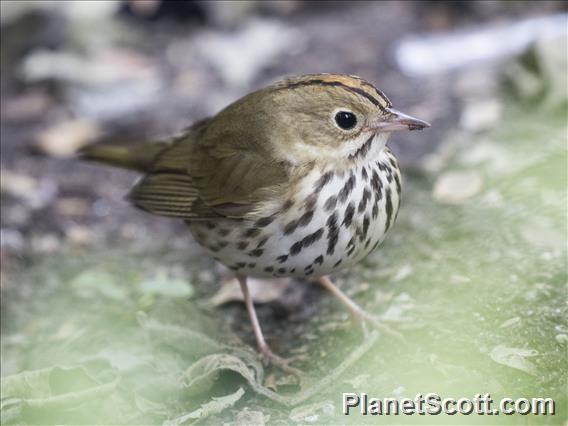Ovenbird (Seiurus aurocapilla)

Ovenbird (Seiurus aurocapilla)
×


Ovenbird (Seiurus aurocapilla)
About Ovenbird (Seiurus aurocapilla)
- Kingdom: Animals
- Phylum: Chordates
- Class: Birds
- Order: Perching Birds
- Family: New World Warblers
The ovenbird is a small songbird of the New World warbler family Parulidae. It is the only species placed in the genus Seiurus. This migratory bird breeds in eastern North America and winters in Central America, many Caribbean islands, Florida and northern Venezuela.
Source: Wikipedia
Visits
-
2007-10-13
Xalapa, Macacuitepl Park, Mexico -
2009-01-27
Barton Creek, Belize -
2009-01-28
Tikal, Guatemala -
2009-02-06
Copan, Honduras -
2013-04-19
Bolivar Peninsula, United States of America -
2014-01-20
Zapoten, Dominican Republic -
2014-01-21
Puerto Escondido, Dominican Republic -
2014-01-22
El Aceitillar, Dominican Republic -
2014-01-23
Cachote, Dominican Republic -
-
-
-
-




